After capturing Orchard Knob on November 23, 1863, General Grant was ready to engage the Confederate army and advance the Union army out of Chattanooga. He instructed General Joseph Hooker to make a “demonstration” against Lookout Mountain.
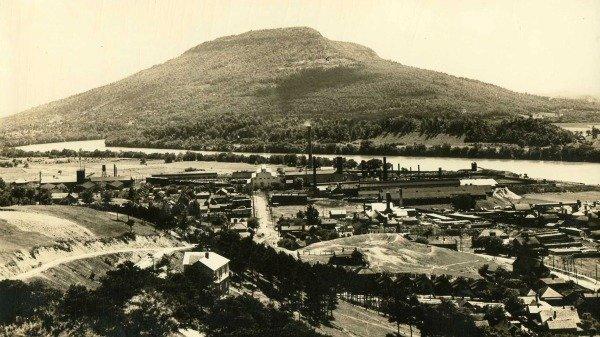
Lookout Mountain is a 100 mile long ridge that comes to a point just over Chattanooga and the Tennessee River Valley. The point is 1500 feet above the valley with 200 foot sandstone bluffs that rise above a more gently sloped base. Instead of heading his army up one of the few roads to the top of the mountain – as the Confederates expected – Hooker decided to march his army along the side of the mountain. Instead of making a “demonstration” as Grant expected, Hooker decided to fight with his 10,000 man army to take the mountain.
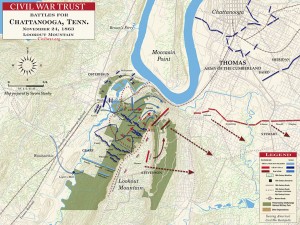 This map is a good explanation of the way the Battle for Lookout Mountain went on November 24. The darker green is the side of this 1500 foot mountain. And even though the blue looks like they are marching in a straight line, they were not able to do anything that orderly. I’ve hiked on the side of the mountain, and the ravines, huge boulders, cliffs, and wooded areas made fighting chaotic. It also made the canons on top of Lookout Mountain useless.
This map is a good explanation of the way the Battle for Lookout Mountain went on November 24. The darker green is the side of this 1500 foot mountain. And even though the blue looks like they are marching in a straight line, they were not able to do anything that orderly. I’ve hiked on the side of the mountain, and the ravines, huge boulders, cliffs, and wooded areas made fighting chaotic. It also made the canons on top of Lookout Mountain useless.
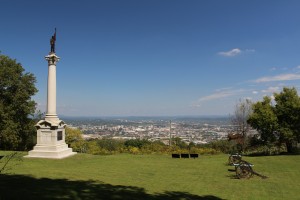
The Confederate soldiers on Lookout Mountain were driven back until they were on the terrace near Craven’s House. There they fell back to fortified defenses and held against the Union army as long as they could. The afternoon was cold, rainy, and clouds often covered the fighting from the generals in the valley. James Walker, a painter, made sketches of the battle as it waged on Lookout Mountain.
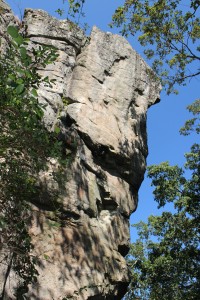
The soldiers continued to fight, but the Confederates were badly outnumbered and were running out of ammunition. When night fell, the Confederate army withdrew from Lookout Mountain and moved to Missionary Ridge. In the morning, the Union army was ready to resume the fight, but there were no Confederate soldiers on Craven’s Terrace. The Union army advanced unhindered to the summit of Lookout Mountain.
The Battle on Lookout Mountain was a minor one, in terms of casualties (dead, wounded or missing), by Civil War Standards: 400 Union soldiers and 1,200 Confederates with most of the Confederates missing because they had surrendered. The Battle on Lookout Mountain is mostly famous today because of the James Walker painting done after the war, commissioned by General Joseph Hooker.
General Hooker is front and center on the white horse among the Union army massed in the valley. If you enlarge the picture you can see troops fighting up the mountain with the clouds blowing across. This beautiful and huge (13′ x 30′) painting took James Walker 10 years to complete and now has a special display room of its own at the Point Park Visitors Center. The painting is called “The Battle Above the Clouds.”
From the painting you would think that this was a huge and decisive battle. But it was just a prelude to the fighting on the next day, which I will describe next week in another installment of Civil War History in a Nutshell.
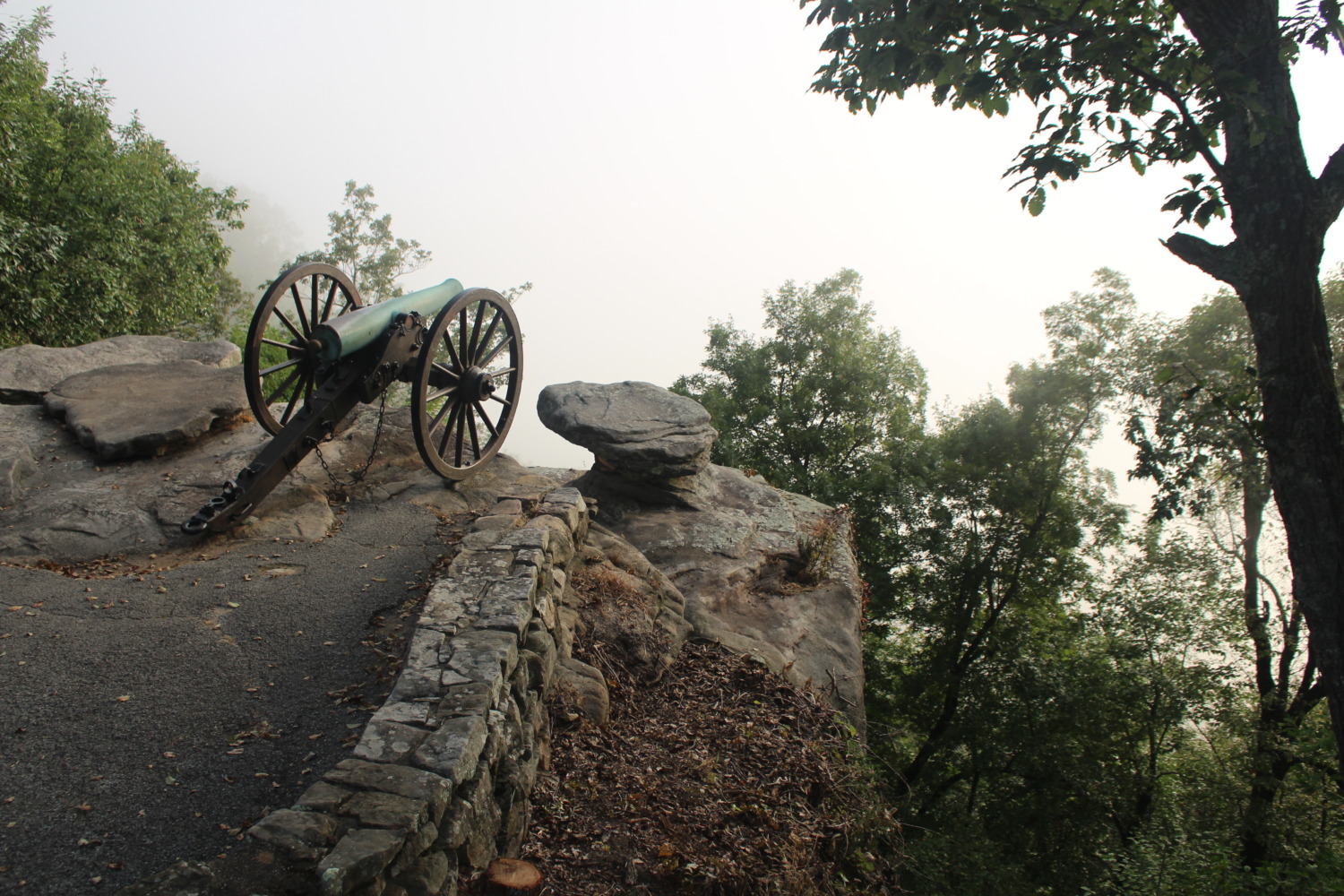

One comment